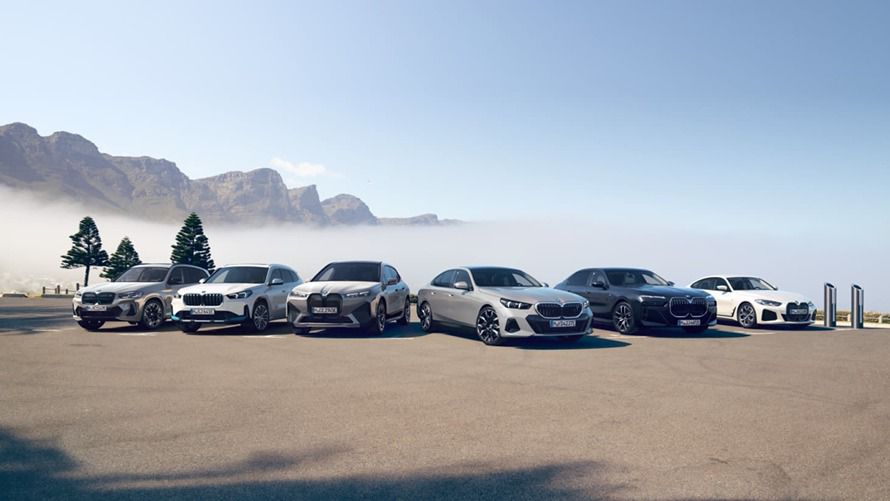
Lower maintenance costs.
Compared to internal combustion engine vehicles, vehicles with an electric drive benefit from lower maintenance costs. They have no wearing parts, like air filters or spark plugs. There is no need to change the oil. Electric drive units generally require less maintenance over their service life.

Leasing, financing, services and insurance.
Your new fully electric BMW is within reach. Extend your tailor-made leasing or financing quote with attractive services and insurance in a single package.
All in. Simply smart. BMW Financial Services
The everyday benefits of electric cars.
With a BMW electric vehicle, mobility is becoming easier and easier, especially in towns and cities. Bus lanes are often approved for private electric vehicles. Parking charges are usually reduced or even waived.

Batteries with an impressive service life.
Electric vehicle batteries have been developed with the greatest care. Their service life can be positively impacted by adapting your personal driving behaviour. Among other things, by maintaining the recommended 10-80% state of charge. Intelligent heat management adjusts the battery to the optimum operating temperature and prevents overheating.
The environmental impact of electric cars.
The benefits of regenerative braking with electric cars.
Regenerative braking is also known as recuperation or energy recovery. In this process, kinetic energy is converted into electrical energy when the vehicle brakes. The range of an electric vehicle is dependent on driving behaviour and the route profile. A further benefit is less pollution caused by brake particle abrasion.
Improved efficiency.

A vehicle's efficiency indicates the proportion of supplied energy that is actually used for the forward propulsion of the vehicle. If the prescribed EU driving cycle (WLTP) and losses incurred during battery charging and discharging are taken into account, the efficiency of the current BMW generation of electric drive systems is around 75%.

About 75% of the energy charged is actually used for the propulsion of the vehicle when driving a BMW electric vehicle. With internal combustion engine vehicles, efficiency under comparable conditions is around 33%. The efficiency losses with internal combustion engines are the result of waste heat.
Questions and answers about the benefits of electric vehicles.
All about electromobility.
1 The stated values are based on the mandatory WLTP measurement procedure. The real life values depend on various factors, e.g. cargo weight, driving style, route, weather conditions, auxiliary electrical consumption (including air conditioning), tires, battery state of health.













